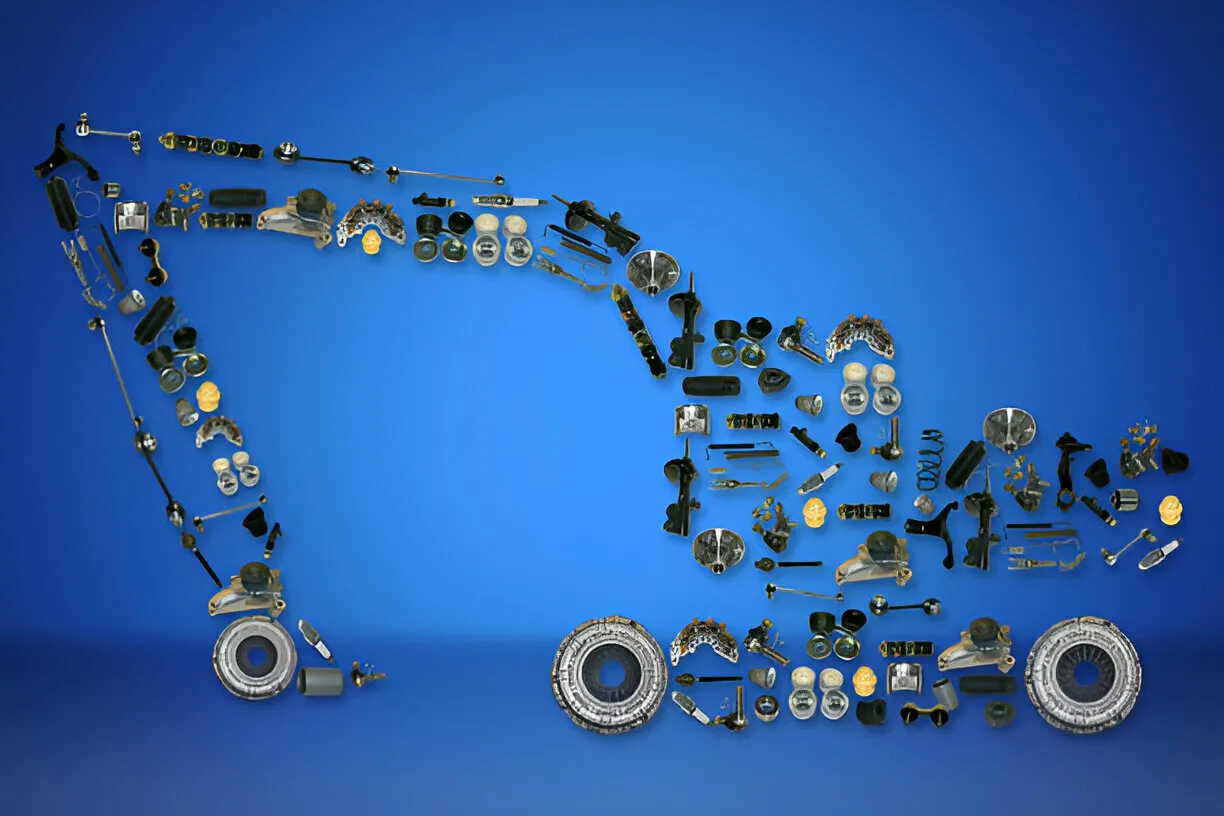
The automotive aftermarket parts industry plays a crucial role in keeping vehicles running smoothly. These parts are essential for repairs, upgrades, and maintenance. Understanding how they reach customers helps businesses and consumers alike make informed decisions.
One key player in this supply chain is automotive aftermarket parts distributors. They bridge the gap between manufacturers and retailers, ensuring that high-quality parts are available to repair shops and consumers efficiently. Companies like CowTotal exemplify this role by maintaining a steady supply of components for different vehicle models.
Types of Distribution Models
There are several ways aftermarket parts reach end-users. Each distribution model has its advantages depending on business scale and needs.
The traditional model involves manufacturers selling parts to wholesalers. Wholesalers then supply these parts to retailers. This method ensures wide availability of parts but may add extra costs to the supply chain. The complexity of transactions can lead to longer lead times.
Direct distribution stands out as another effective approach. In this model, manufacturers sell directly to repair shops or online stores. This method cuts down on middlemen, which can lower prices and improve operational efficiency. It allows for quicker turnaround times, benefiting end-users who need parts urgently.
A hybrid model integrates both traditional and direct distribution methods. This approach offers flexibility, catering to diverse customer needs. Some distributors work with multiple suppliers to provide a broader range of products. As a result, businesses can find the right parts quickly, minimizing delays in repairs.
Challenges in the Distribution Process
Despite the efficiency of these models, the automotive aftermarket industry faces several notable challenges. One significant issue is inventory management. Keeping the right parts in stock without risking overstocking requires precise forecasting and analytics. Many distributors use advanced technology to aid in this process, but discrepancies can still occur.
Another critical challenge is the rise of counterfeit parts. Distributors must ensure they source genuine components to maintain trust and safety. The consequences of using fake parts are severe, leading to potential harm and financial loss. Ensuring authenticity requires diligent supplier vetting and strong relationships with manufacturers.
Shipping delays and supply chain disruptions may also impact availability. Reliable logistics are essential to mitigate these risks. Natural disasters, political unrest, and unforeseen events can hamper distribution networks. Distributors must be agile enough to adapt to these challenges quickly.
Price competition presents yet another hurdle in the market. With numerous suppliers vying for customer attention, distributors must balance affordability with quality. Customers expect fair pricing, often demanding value without compromising on durability and reliability. This expectation puts pressure on distributors to maintain high standards while keeping costs low.
The Future of Aftermarket Parts Distribution
As the automotive aftermarket landscape evolves, technology is reshaping how parts are distributed. Online platforms now allow businesses to order components with just a few clicks. This convenience speeds up the procurement process while reducing paperwork and administrative burden.
In addition, data analytics is now playing a bigger role in the industry. Distributors leverage analytics tools to predict demand accurately and optimize inventory levels. This data-driven approach reduces waste and ensures parts are available precisely when needed. As businesses adapt to consumer behaviors, the integration of technology will become increasingly vital.
Sustainability is becoming a priority within the automotive aftermarket. Many companies are adopting eco-friendly packaging and shipping methods. This not only helps the environment but also appeals to eco-conscious customers who prioritize sustainability. By reducing their carbon footprint, companies enhance their brand reputation in a crowded marketplace.
As electric vehicles grow in popularity, aftermarket parts distribution may see shifts in manufacturing and sales. Technology will continue to influence how parts are sourced and delivered. Distributors must remain vigilant and adaptable to thrive in a rapidly changing ecosystem.
Emerging Trends in Distribution
Several emerging trends are poised to shape the future of aftermarket parts distribution. E-commerce is growing rapidly, changing how parts are purchased and delivered. Consumers increasingly prefer the convenience of online shopping, prompting many distributors to establish robust e-commerce platforms.
Another trend is the rise of mobile applications that facilitate parts ordering. These apps streamline the purchasing process, allowing repair shops to manage their inventory on the go. With real-time access to stock levels, users can avoid delays in repairs caused by out-of-stock items.
Furthermore, the integration of artificial intelligence (AI) in inventory management is becoming more common. AI can analyze vast amounts of data to provide insights into consumer behavior. This technology aids in predicting which parts will be needed and when, allowing businesses to stay ahead of the demand curve.
Importance of Training and Support
As distribution models evolve, so does the need for training and support within the industry. Retailers and repair shops must understand how to navigate the complexities of new platforms and technologies. Giving employees the right training ensures that they can effectively use tools at their disposal.
Support services from distributors also play a crucial role in ensuring smooth operations. Distributors that provide training and ongoing assistance foster loyalty and build stronger relationships with their clients. This added value helps repair shops optimize their processes, leading to greater customer satisfaction.
Conclusion
The distribution of automotive aftermarket parts is a complex but well-organized system. Different models cater to various needs, ensuring parts reach consumers efficiently. However, challenges like inventory management and counterfeit parts require constant attention and innovative solutions.
With technology and sustainability in the spotlight, the industry is undergoing rapid evolution. Reliable distributors will remain essential in keeping vehicles on the road. Whether through traditional or modern methods, their role will ensure smooth operations for repair shops and car owners alike. Implementing cutting-edge solutions and addressing emerging trends will be key to thriving in the future.